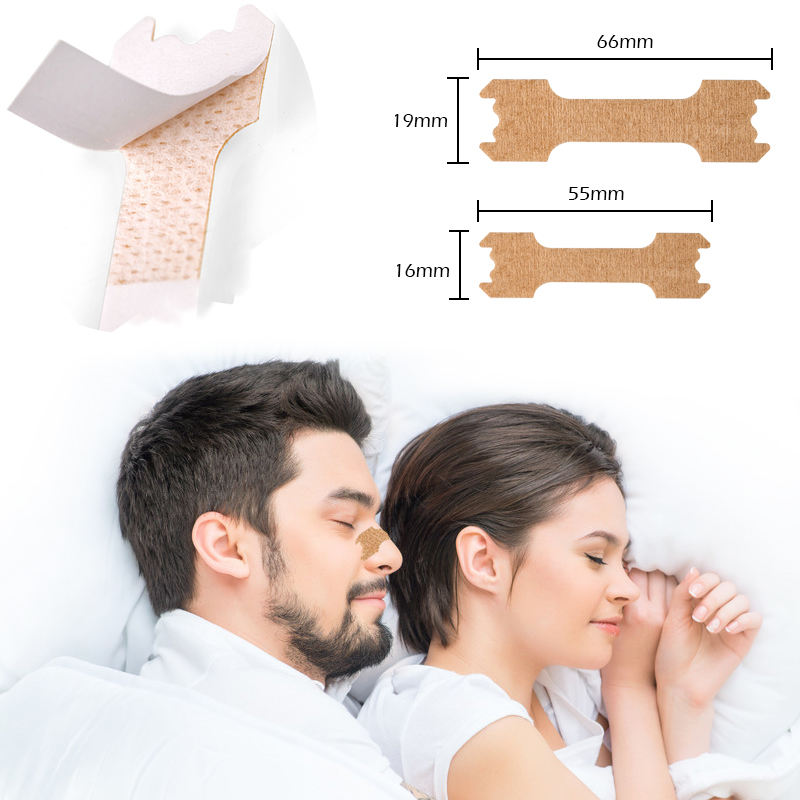Author:Kangdi 09-04-2024
In the ongoing quest for a better night's sleep, many of us have tried countless methods—from adjusting our bedtime routines to exploring various sleep aids. Yet, despite our best efforts, some still struggle with the elusive goal of a restful night. Could the answer to our sleep woes be as simple as a strip of adhesive placed across the nose? Let's explore the world of nasal strips and their potential as a secret weapon for better sleep.
Nasal strips, also known as nasal dilators, are thin, flexible adhesive strips designed to fit across the bridge of the nose. Their primary function is to gently lift the outer walls of the nostrils, opening up the nasal passages and improving airflow. This, in turn, can reduce nasal congestion and make breathing easier, especially for those with allergies, colds, or other conditions that affect nasal breathing.
But how does this translate to better sleep? The answer lies in the quality of our breathing during sleep. When our nasal passages are constricted, it can lead to shallow breathing, snoring, and even sleep apnea—all of which can disrupt our sleep cycle and lead to feelings of grogginess and fatigue the next day. By using nasal strips to open up the nasal passages, we can potentially improve the depth and quality of our breathing, leading to a more restful and rejuvenating sleep.
Moreover, nasal strips are a non-invasive and drug-free solution to sleep-related breathing issues. Unlike some sleep aids that may have side effects or require a prescription, nasal strips are widely available and easy to use. They can be applied in a matter of seconds and typically remain in place throughout the night, providing continuous support for nasal breathing.
Of course, it's important to note that nasal strips are not a one-size-fits-all solution. While they may be effective for many people, they may not work for everyone. Additionally, while they can help improve breathing, they are not a cure for underlying medical conditions that may be causing nasal congestion or sleep apnea. In such cases, it's always best to consult with a healthcare professional for proper diagnosis and treatment.
In conclusion, nasal strips are an option worth trying for those looking to improve their sleep quality. By opening up the nasal passages and improving airflow, they can potentially reduce breathing issues that can disrupt our sleep. However, it's important to remember that they are not a magic fix and may not work for everyone. As with any sleep aid, it's best to approach them with an open mind and a willingness to experiment to find what works best for you.
As we cntinue to search for the key to a good night's sleep, nasal strips offer a promising avenue to explore. With their ease of use and potential benefits, they could indeed be a secret weapon for better sleep—one worth considering as we strive for a more restful and rejuvenating night.
 0086 19937104978
0086 19937104978





